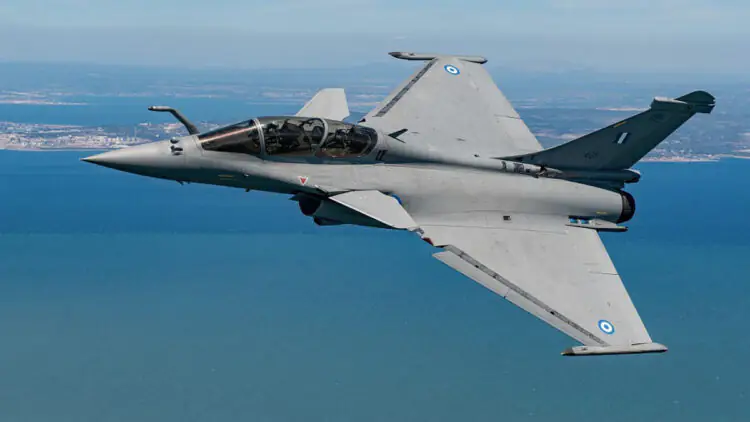Earlier this month, reports from specialist outlets like The Aviationist and reputable sources such as Reuters claimed that a Pakistani J-10C fighter had shot down at least one Indian Rafale. According to these reports, the engagement involved a PL-15 air-to-air missile launched from approximately 200 kilometers away. Reuters reconstructed the air battle, which reportedly took place in late spring, and although official confirmation remains limited, imagery and analysis suggested the loss of at least one Rafale jet – potentially marking the first combat loss of this aircraft type. The article sparked significant controversy. Indian media quickly accused Reuters of spreading misinformation, and individuals allegedly linked to the Indian government launched a coordinated effort to deny the claims.
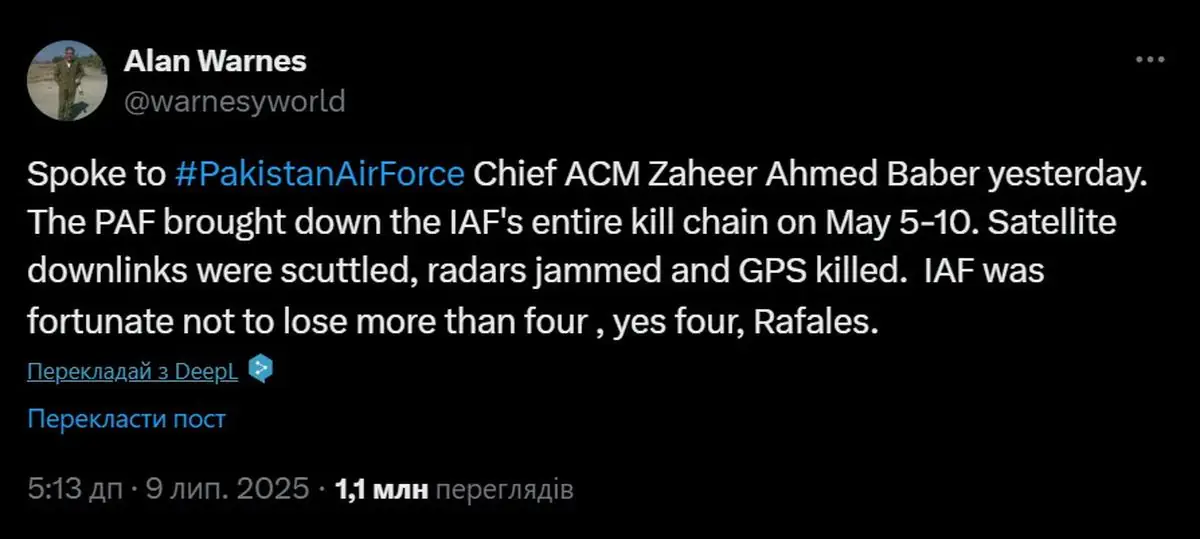
One such alleged “government representative” even reached out to our platform, offering an alternative perspective on the incident and sharing several links to Indian media outlets accusing Reuters of spreading propaganda and misinformation. Indian journalists argue that the original Reuters article, which served as the basis for other publications, makes claims without providing concrete evidence – specifically, the claim that Pakistani J-10C fighter jets shot down an Indian Rafale. The Indian outlet TFIPost criticizes the authors of the piece, identifying Shivam Patel as someone who “previously falsely claimed that India attacked Pakistani-controlled Kashmir,” and labeling co-author Saeed Shah a “known Pakistani propagandist operating under the guise of journalism.”
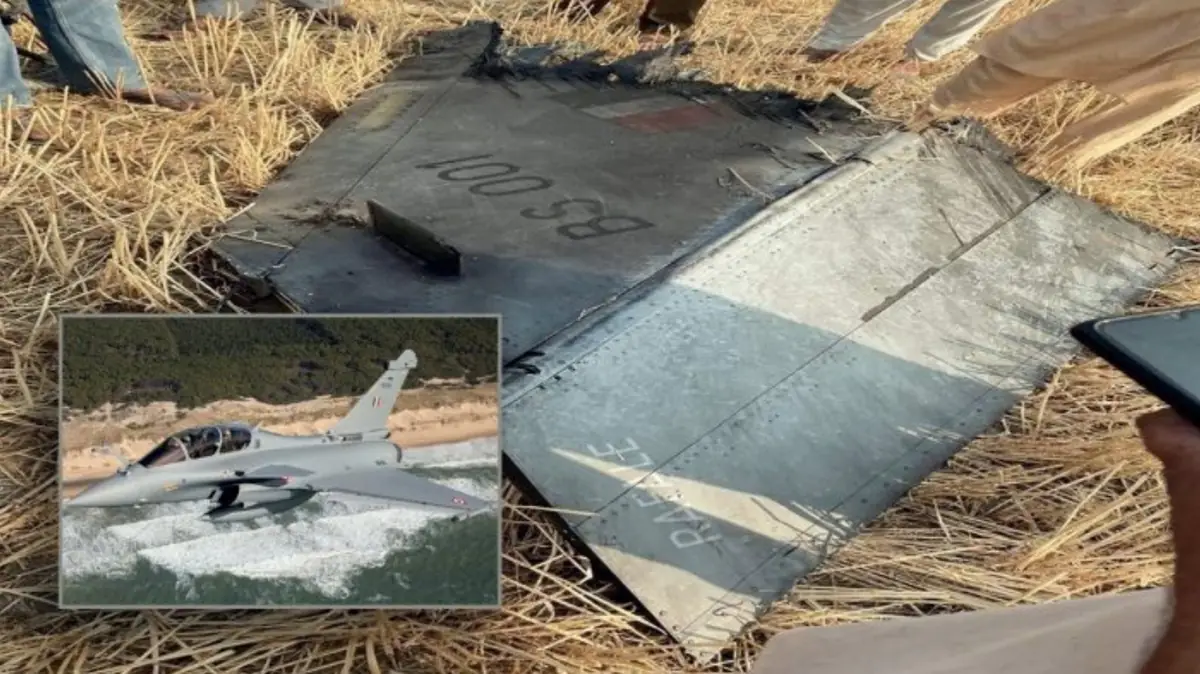
TFIPost emphasizes that the Reuters article contains “not a single quote or viewpoint from the Indian side – not from the Indian Air Force, not from a defense analyst based in India, and not from any official document.” (Although, in fairness, TFIPost itself also offers no such sources.) It’s worth noting that Reuters did state in its report that “the agency spoke with eight Pakistani and two Indian officials to reconstruct the details of the air engagement,” and that “all officials spoke on condition of anonymity due to the sensitivity of national security matters.”

Earlier in the Reuters report, it’s noted that “interviews with two Indian and three Pakistani officials indicated that the key issue was not the Rafale’s performance, but rather an Indian intelligence miscalculation regarding the range of China’s PL-15 missile, which was launched by a J-10 fighter jet.”
TFIPost responds with strong language, calling Reuters a “mouthpiece for Chinese arms propaganda and Pakistani military fantasies.” The outlet accuses the agency of “colonial thinking, pro-Pakistan bias, and a willingness to fabricate stories against India.” It argues that the Rafale shootdown report is just another example of “targeted disinformation aimed at discrediting India through manipulated or one-sided narratives.” As part of its rebuttal, TFIPost denies that any aircraft was downed: “Even two months after Operation Sindoor, neither India nor Pakistan has provided verified evidence that an Indian jet was shot down.”
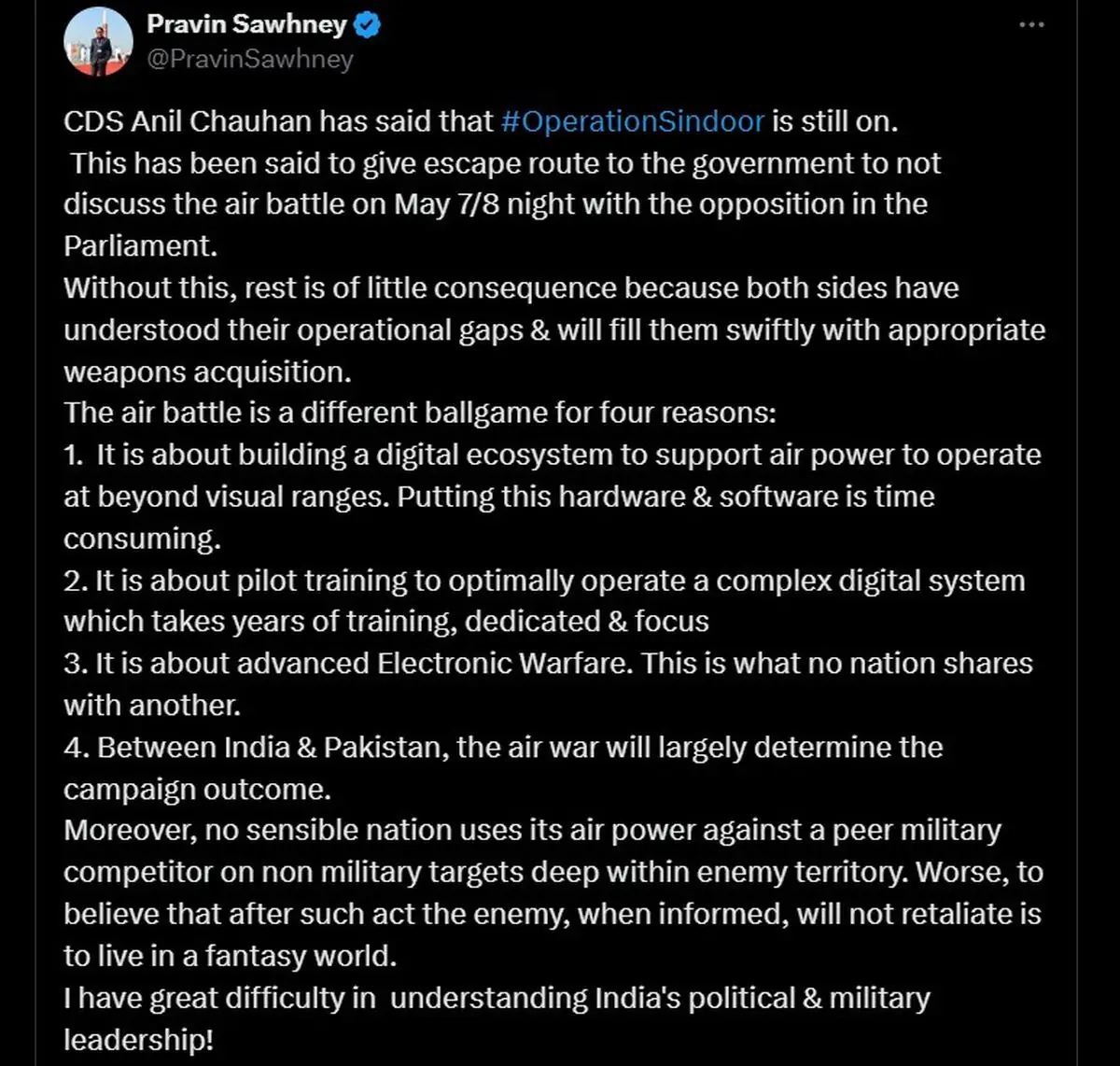
Another Indian outlet, OpIndia, joined in criticizing Bloomberg and The New York Times, accusing both of spreading propaganda and misinformation. Echoing earlier claims, the publication reiterated that “Pakistan suffered significant losses, including the deaths of numerous militants and military personnel, as a result of India’s Operation Sindoor,” but allegedly chose to “conceal its failures by fabricating stories about aircraft losses.”
Bloomberg and The New York Times also weighed in, with journalists noting that “Pakistan suffered significant losses and the deaths of numerous militants and military personnel during India’s Operation Sindoor,” but allegedly attempted to “cover up its setbacks by spreading false claims about Indian aircraft losses.”
Another Indian outlet, IDRW, offered its own analysis, pointing to the absence of images of wreckage or reports of pilot casualties in the Reuters article. It also highlights discrepancies in the reported number of downed aircraft, as well as official denials from the Indian Ministry of Defence and Ministry of External Affairs. Meanwhile, Reuters acknowledged in its report that “India’s defence and foreign ministries did not respond to requests for comment regarding the intelligence failure.”
IDRW also reports that Reuters cited a senior executive from Dassault, who allegedly told French lawmakers that India had lost a Rafale jet during combat operations. However, according to IDRW, the statement lacked specifics and may have been based on unverified intelligence. Separately, unnamed Indian media outlets reportedly quoted Dassault Aviation CEO Éric Trappier, claiming he said the Rafale loss was due to a technical malfunction rather than enemy action, directly contradicting Pakistan’s assertion of multiple shootdowns. Dassault later clarified that Trappier had not made such statements.
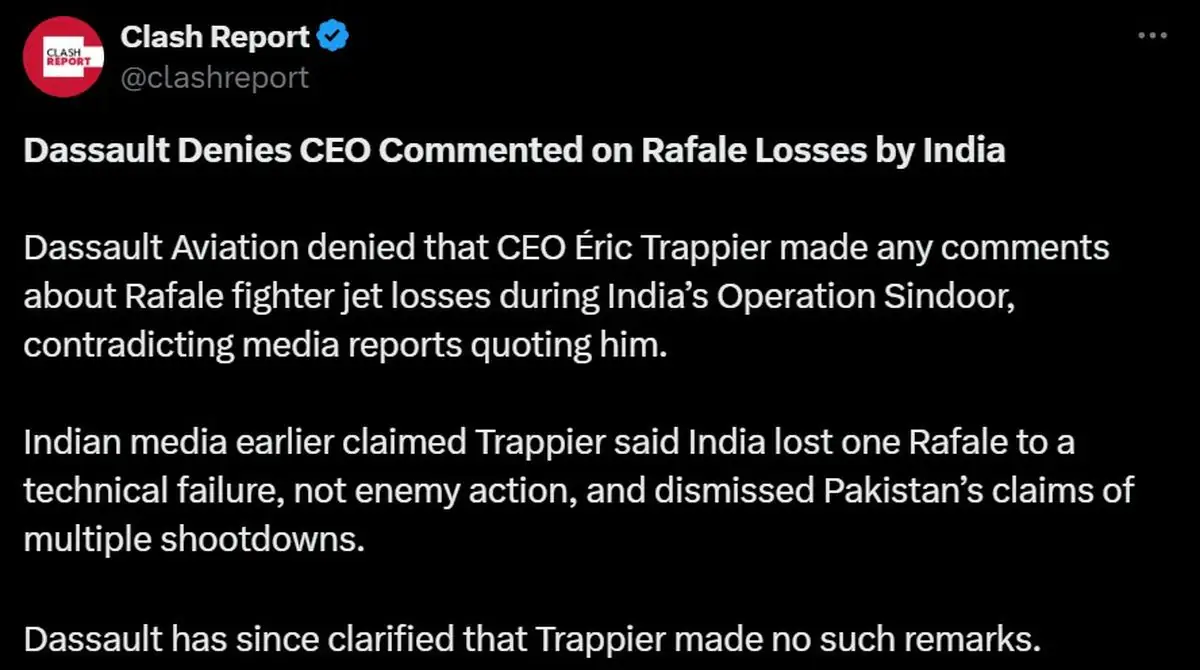
Thus, Indian media outlets have responded rather emotionally – yet, hopefully, objectively – in denying the downing of a Rafale jet. We are presenting their perspective to you, our dear readers, so that you can form your own conclusions.
Read also:
- New Security Service of Ukraine’s Special Operation: Drones Strike Five Russian Aircraft at Saky Airfield
- French Next-Generation Reconnaissance Aircraft Archange Completes Maiden Flight
Source: tfipost


